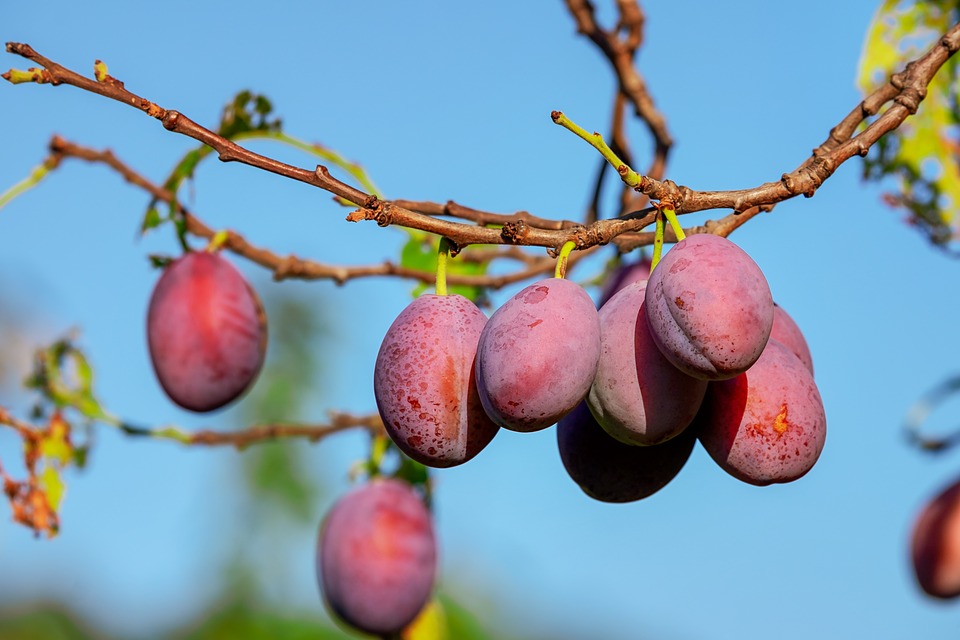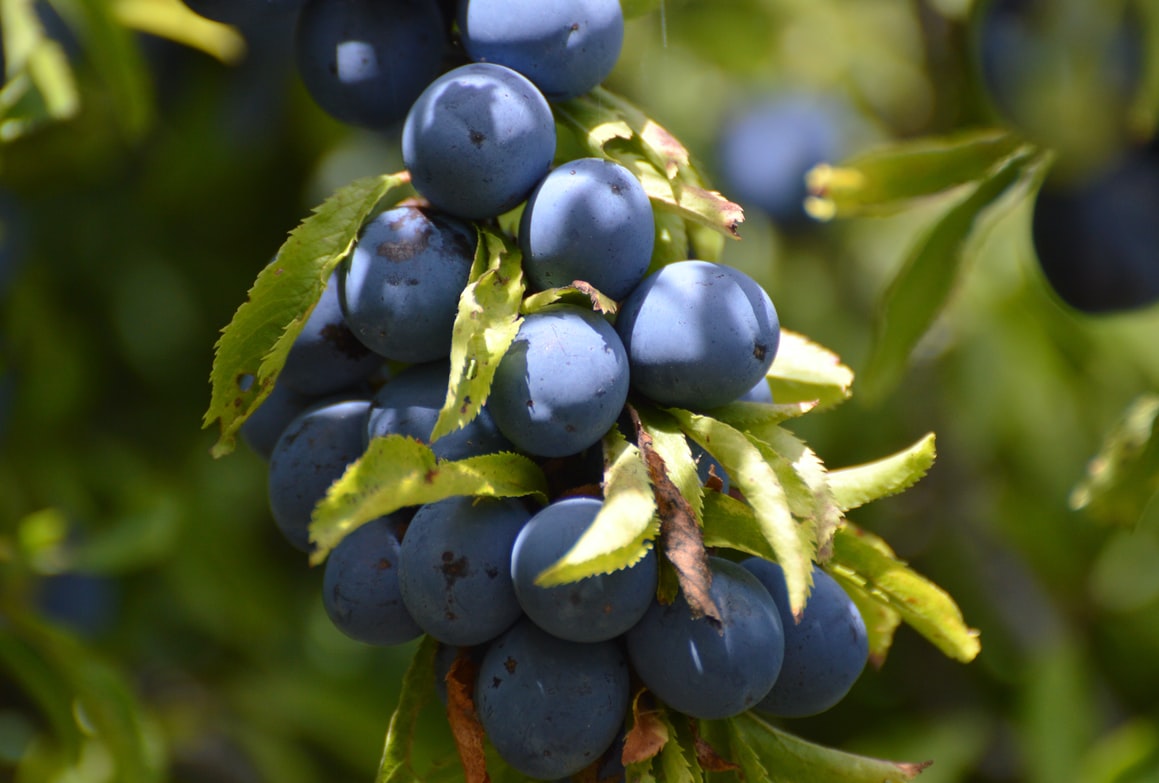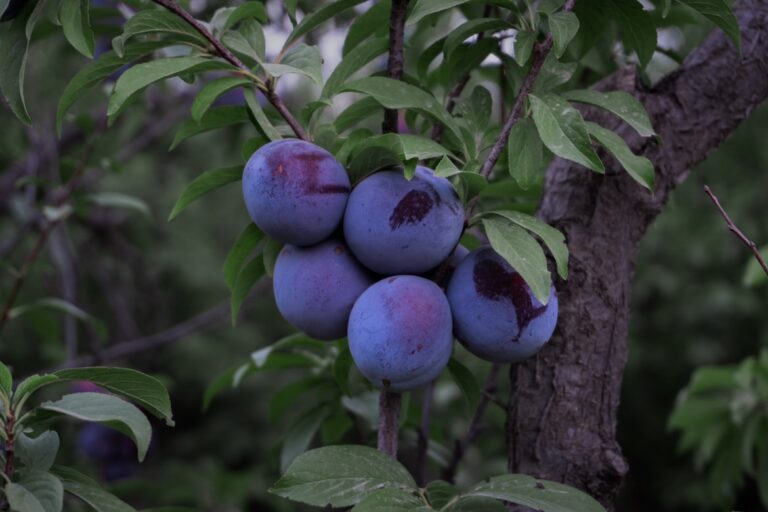If you took up gardening, you might be thinking about planting a plum tree – or several of them – in your garden. These trees won’t only make any backyard more beautiful, they’ll also provide you and your family with some delicious fruit that you can enjoy. But, caring for any fruit tree is different from traditional, decorative trees, which is why we’ve compiled a list of five care and maintenance tips that you should remember. So, let’s take a look:
1. Plant it During Autumn or Spring
Autumn and spring are the best seasons for sowing plum saplings, mostly because they’re suitable for root growth. But, besides this, it’s important where you plant them. So, you should ensure that you do it at a location that is highly exposed to the Sun, and don’t forget, the tree will get higher over time, thus, ensure that the branches, for example, don’t reach your home or other structure. Water it frequently over the first few weeks and it’s more suitable to get it wet during the day since the night is colder.

2. Be Careful About The Pruning
Another thing that you should know is when to prune plum trees. Now, before we explain, you should know that pruning it will help with the health of the tree and, of course, the harvest. When you’ll prune it will depend on where you live, hence, if you, for instance, live in Australia, you’ll need to prune it during winter. Additionally, you should read and watch various guides so that you can ensure that you’re doing everything properly.
3. You Have to Take Care of The Sapling After Harvest
Now, you should know, when you reap the delicious plums, you’ll need to remove any and all weak and withered twigs. If there are any fruits that haven’t dropped from the branches, you shouldn’t eat them since they’re most likely infected, thus throw them away. You should also remove any suckers from the bottom, especially since they’ll suck all the sap out – something that will enable the tree to produce plums. Also, when you’re done pruning, use some pruning paste because it’ll eliminate illnesses and fungus.

4. Use Organic Products For Diseases And/or Parasites
Similar to all fruit saplings, plums are also prone to fungi and several diseases. The most frequent foes are aphids, and if you want to eliminate them, you should use a few organic products such as placing some nettle tea with sugar on it. This will help you avoid certain diseases and it’ll also help the tree battle different fungus that might prevent it from growing, as well as producing a lot of plums.
5. Don’t Let The Fruit Ripen For a Long Time
Last on our list of tips, but equally important is the fact that you shouldn’t allow the fruit to ripen for a long time on the tree. Why is this important? Well, if you leave them, they’ll most likely rot. Additionally, you should know that it’s hard to keep the harvest for a long period, which is one of the main reasons why you might want to consume them right away. Keep in mind, if you put them in a fridge, you’ll extend the harvest’s life.

Conclusion
By following all of the tips we mentioned above, you’ll be capable of growing a plum tree in your backyard. Keep in mind, you should watch and/or read various tutorials that’ll help you with maintaining and caring for your fruit tree, thus, you might want to start going through them right away.

